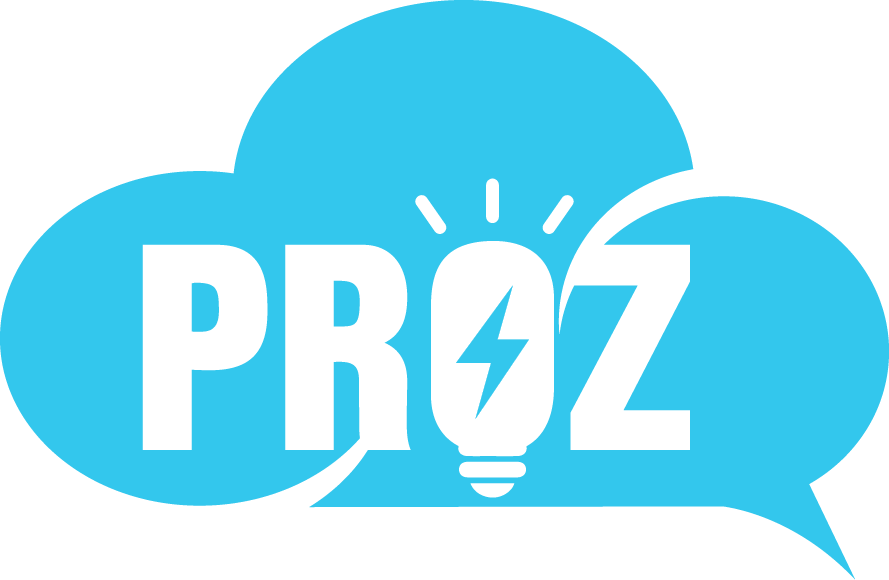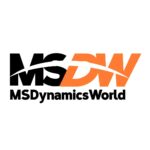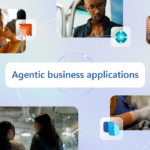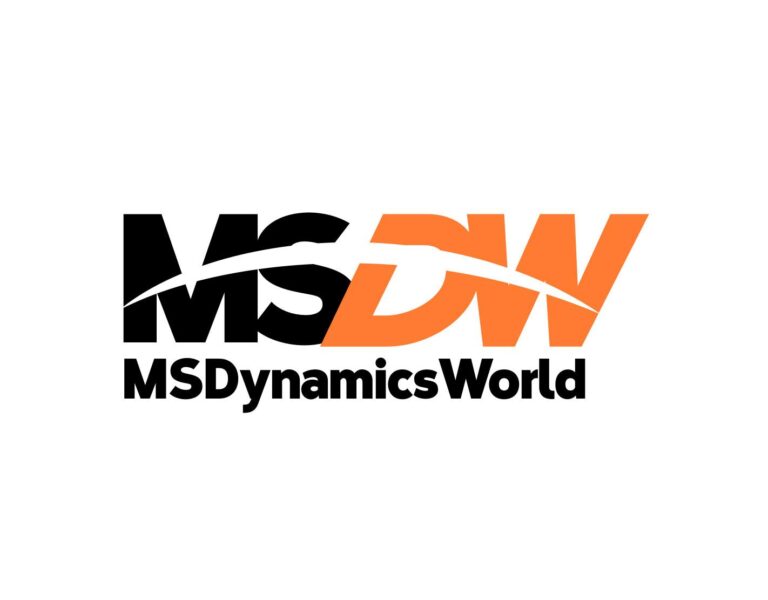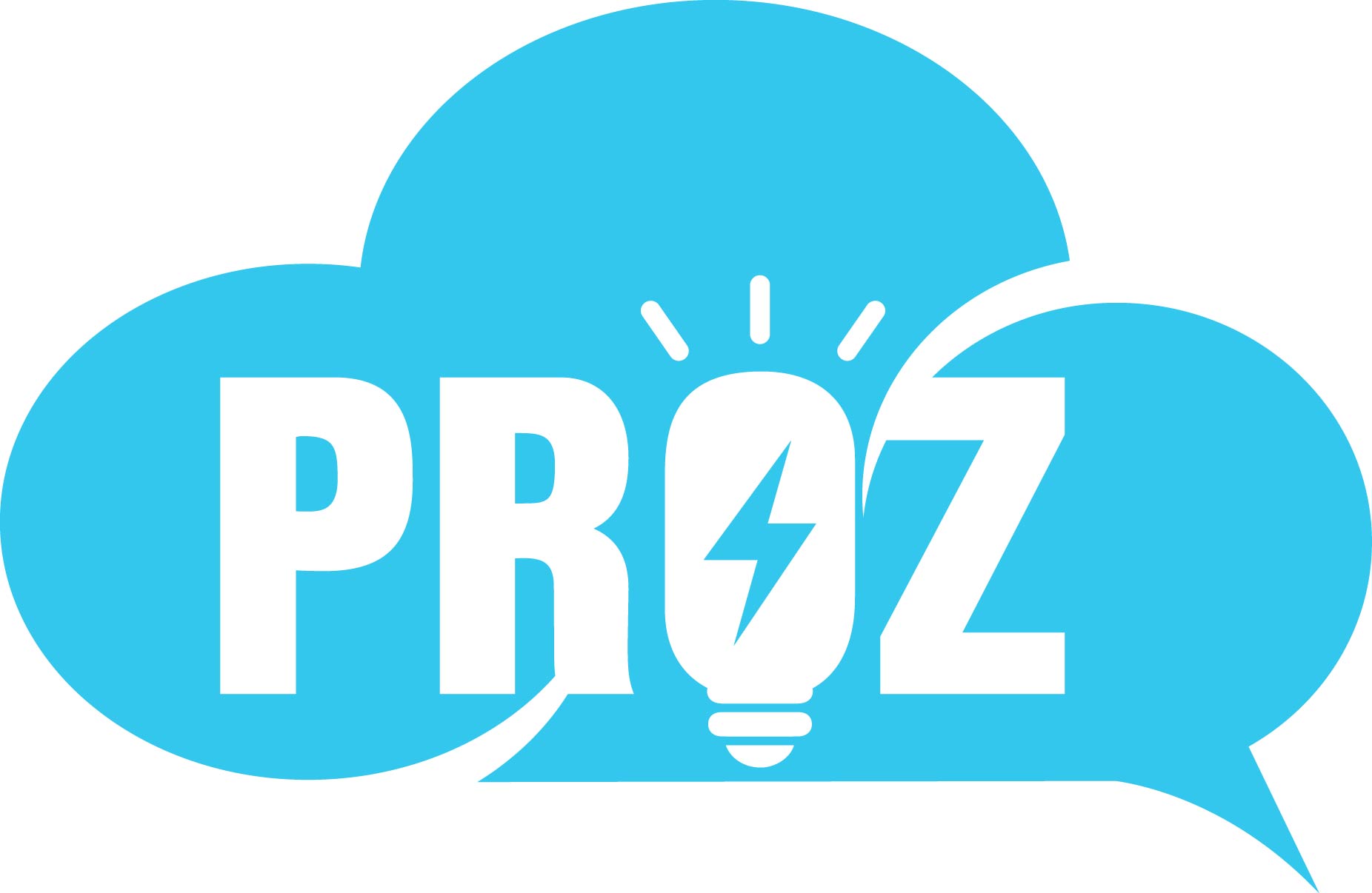Nonprofits are often the beating heart of our communities. These organizations are frontline responders to pressing social and environmental challenges, but overwhelming administrative needs frequently bog down staff — pulling them away from the very communities they serve.
Agentic AI is rapidly emerging as a game-changer for nonprofits, with digital workers able to handle the most tedious and data-driven tasks organizations face. This frees up employees to focus on more strategic, high-value work, like building deeper relationships and directly addressing the most critical needs of their communities.
That’s why we’ve expanded the Salesforce Accelerator – Agents for Impact program, doubling the size of our most recent cohort to deliver funding, technology, and pro bono expertise to 11 pioneering nonprofits leveraging agentic AI to multiply their impact. These organizations aren’t just adopting AI — they’re reimagining how humans and agents partner to deliver mission-critical work.
Let’s dive into 5 key learnings below, exploring how these nonprofits are using AI to unlock greater capacity than ever before.
- Success = time saved
- Start small, scale smart
- Scope and discover slow, build fast
- Early buy-in drives change
- Think like an AI agent
Ready to lead the way with AI?
The Salesforce Accelerator equips nonprofits with funding, cutting-edge technology, and pro bono expertise.
1. Success = time saved
For under-resourced nonprofits constantly asked to do more with less, the number one metric for measuring AI’s ROI is time saved. Agents are not about replacing people; they’re about increasing efficiency and capacity. By automating repetitive tasks and providing valuable insights, agents empower nonprofit staff to focus on higher-impact activities that align with their organizational goals.
Examples from our partners:
YMCA of San Diego County is developing a Member Services Agent to provide timely support and help its 400,000 participants find relevant programs. This AI agent is expected to reduce staff administrative time by 50% and improve customer satisfaction by 20% by automating routine tasks and offering self-service support. By simplifying these processes, the agent allows staff and volunteers to focus on building relationships and delivering high-quality programs that benefit the community.
Blue Star Families is developing a STAR (Saving Time And Resources) Agent to better support 1.5 million military family members by streamlining the organization’s data-driven decision-making, especially related to fundraising. The agent is expected to reduce administrative time by 50% by guiding all Salesforce users through account, opportunity, and interaction record creation. This will help the organization create more accurate and complete records with fewer duplicates in half the time.

2. Start small, scale smart
One of the primary challenges nonprofits face when implementing AI is data setup. It can be overwhelming at first, but starting with the most recent and high-priority information is a practical approach. Creating a phased plan for data cleaning and integration allows nonprofits to get their agent up and running quickly, with the ability to build upon it over time. This approach enables organizations to start seeing the benefits of AI without getting bogged down in extensive preliminary work.
Examples from our partners:
Braven is launching a Volunteer Matching Agent to help 12,000 young people transition from college to career. By automating inquiries, recommending learning lab programs, and analyzing data, they aim for 3x greater volunteer engagement. Because bad data can derail good agents, Braven is phasing in data cleanup and integration alongside their feature build out.
United Nations Foundation is developing an Operational Support Agent to simplify and accelerate its processes — from contracts and due diligence to vendor payments. They aim to integrate the knowledge of their process experts into the system through their agent, with a goal of cutting process execution time in half. Because standard contracts and process guidance are readily available, they are starting there with plans to scale across their other operational processes.
(RED) is transforming its impact partnerships by using a Partnerships Agent. The agent is designed to summarize partnership development history, deliver business insights, and suggest creative solutions, with an anticipated 10% increase in prospect research and response rates, and a 10% decrease in administrative time. By focusing on one specific use case at a time, (RED) is ensuring tangible results before expanding the agent’s responsibilities.
3. Scope and discover slow, build fast
It’s important to spend time identifying the right problem to solve. When you’re getting started, it’s important to ask questions like, ‘Will it truly deliver value to our org? What is the ROI? Do users need it? Is it solving a problem?’ Once you identify the right problem, rapidly build, test, and iterate your solution with Agentforce. Testing rapidly is imperative to ensure your intended outcome is consistently acceptable.
Examples from our partners:
ASU Foundation is developing an Orchestrator Agent to provide timely support to its diverse student population, which includes many first-generation and adult students. This new agent, inspired by the success of the Parky agent that autonomously resolves most parking inquiries, is expected to improve student satisfaction and reduce time spent on common issues. Instead of creating separate, individual agents, ASU aims to build an interconnected ecosystem where multiple specialized agents collaborate to offer a seamless student experience.
The Trevor Project is developing a Crisis Documentation Support Agent to help crisis counselors with administrative work so they can focus on serving LGBTQ+ youth who need support. This agent is expected to reduce post-contact administrative work by 55% and wait times by 73% by filling out case records, summarizing interactions, and recommending language. A key takeaway for the project was the need to repeatedly test and iterate to ensure the agent could consistently identify and categorize documentation needs from unscripted, wide-ranging conversations with youth in crisis.
4. Early buy-in drives change
Adopting new technology requires a cultural shift, especially with public concerns about AI accuracy and trust. But our nonprofit partners are demonstrating how Agentforce unlocks capacity through agents working with people, not in place of them. Engaging internal business partners in testing and keeping progress visible are vital for moving that cultural shift forward. This approach helps maintain momentum and build trust by ensuring the benefits of Agentforce are understood and appreciated across the organization.
Examples from our partners:
City Year is launching a Staff Assistant Agent to help employees more easily track data and manage communications with young people preparing to serve in schools as part of City Year’s programming. This agent is expected to improve both onboarding completion and persist-to-service rates by 5-10 percentage points, which would mean over a hundred additional young people ready to serve in schools each year. Ultimately, this agent will help streamline the recruitment process to ensure City Year is able to recruit more than 2,000 young people each year to serve students in under-resourced schools and help them reach their full potential. Two key takeaways for City Year have been the importance of gaining staff buy-in by involving small groups in testing the agents and also training the agent to recognize common language and terms that City Year staff members regularly use.
International Youth Foundation is developing Clara, a Global Career Guidance Agent, that provides young people with personalized, market data-informed recommendations via WhatsApp in Spanish. The initiative aims to increase the number of youth reached annually by 35% and boost skills achievement by 20%. Early testing revealed that users preferred more detailed responses with more information about each recommended career, leading to adjustments in its functionality.
Accelerate student support with Agentforce
Learn how two nonprofits, City Year and America on Tech, are using Agentforce to streamline volunteer processes and grant reporting for students and their communities.




5. Think like an AI agent
Designing effective AI solutions requires a shift in perspective. Moving from a “think like a human” to a “think like an agent” approach is crucial. Agents follow logic, not instinct, and setting clearer parameters and guardrails for their design, actions, and jobs to be done ensures optimal performance and prevents unintended outputs.
Examples from our partners:
Compass Working Capital is creating a Financial Coaching Assistant to improve services for families building economic stability and working to achieve their financial goals. This agent analyzes client data from coaching sessions to automate data entry and suggest evidence-based coaching strategies, delivering an anticipated 80% improvement in coach workflow efficiency. The agent is trained on the same materials used for new staff members, ensuring it maintains Compass’ standards for culturally competent and effective financial coaching.
Open Door Legal is developing a Legal Intake Agent named Casey to reduce the administrative burden on legal staff, who currently spend over two hours on intake per client. The agent will streamline case preparation, gather client information, and classify legal issues, with an anticipated impact of 4,000 staff hours saved annually and a 25% increase in clients served. By making the intake process conversational instead of a rigid script, Casey provides a more natural and efficient experience while still keeping cases on track.

The integration of AI into nonprofit operations is not just a technological upgrade; it’s a strategic move to enhance capacity, efficiency, and impact. By starting small, planning carefully, engaging stakeholders, measuring success appropriately, and designing with AI’s unique capabilities in mind, nonprofits can harness the power of AI to achieve their missions more effectively.
As Agentforce continues to evolve, its potential to transform the nonprofit sector will only grow, offering new opportunities for organizations to make meaningful change in the world.
